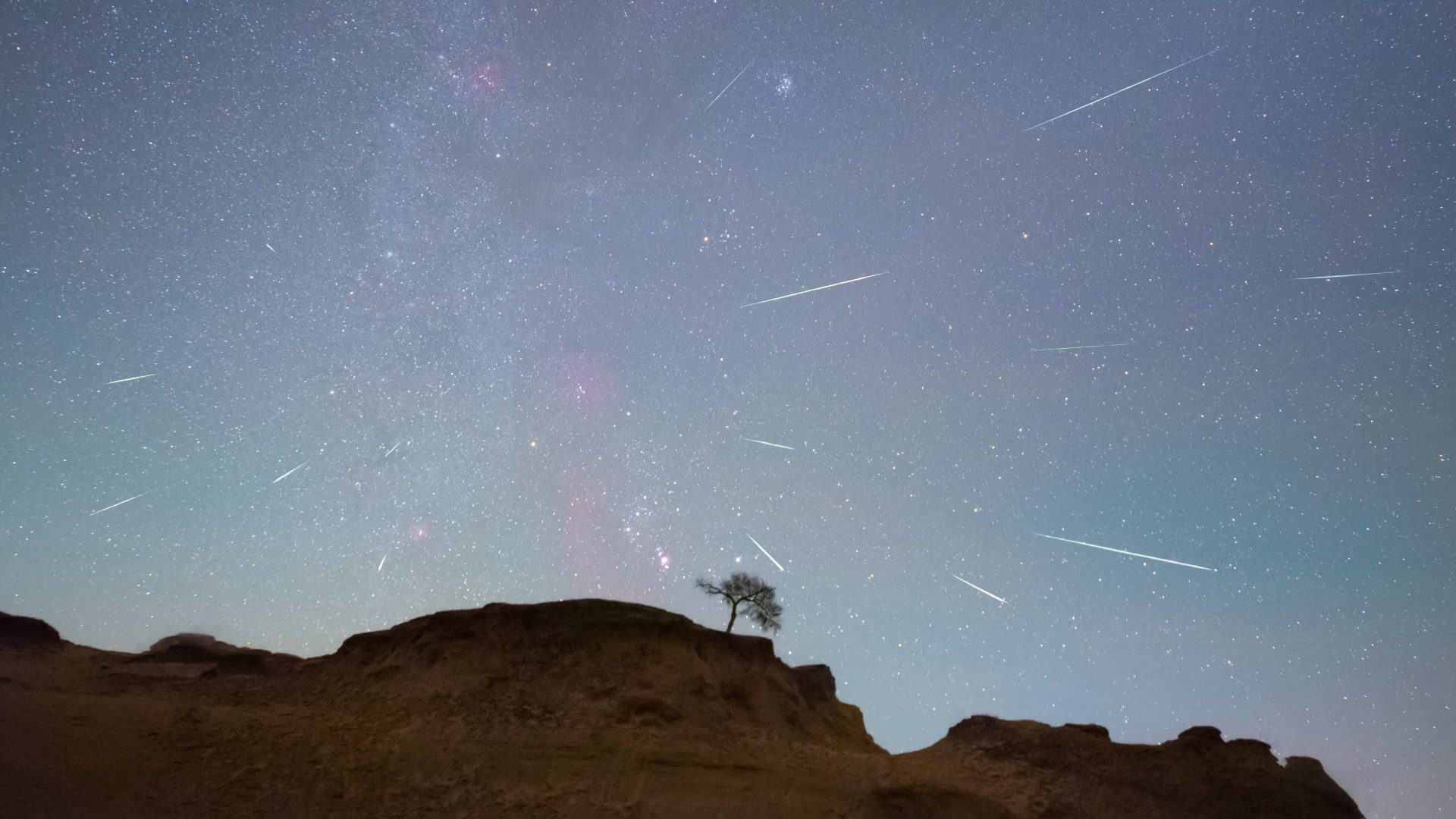The Orionids meteor shower peaks tonight: When, how to see it


October has been a fun month for celestial events, with both the Draconids and the Orionids meteor showers dazzling our skies. The Draconids happened earlier in the month, while the Orionids have been active for a few weeks now. But don’t feel bad if you’ve not seen any yet, the Orionids only peak this week, so you’ve not missed your best chance to see a shooting star.
As we approach the main days, we’ve pulled together all the information you need for viewing and understanding what it’s all really about.
What is the Orionids meteor shower?
Like the name suggests, the Orionids meteors come from the constellation, Orion. The actual meteor shower happens when tiny grains of dust and ice left behind by comet 1P/Halley enter Earth’s atmosphere and burn up, producing bright streaks of light across the sky, NASA tells us.
They are very fast, traveling at around 41 miles (66 kilometers) per second, and often leave glowing “trains.” Some of the brighter meteors even become fireballs, creating spectacular flashes of light. AKA, what we see when we look up at the sky.
When will the Orionids meteor shower peak?
NASA data reveals the Orionids meteor shower will take place between Oct. 2 – Nov. 12. , but the peak is expected to be Oct. 22 – 23.
How to see the Orionids meteor shower
To see one of the Orionids meteors, you follow the advice you’d expect; wait until dark, try and get as far away from light pollution as you can, and make sure you give your eyes time to adjust to the light (ever noticed that the longer you’re outside, the more stars you can see?). NASA also advises heading out after midnight and lying with your feet facing southeast if you are in the Northern Hemisphere or northeast if you are in the Southern Hemisphere.
Cloud coverage is important too, and can really impact your visibility. Before heading out, check the coverage forecast for your area.


